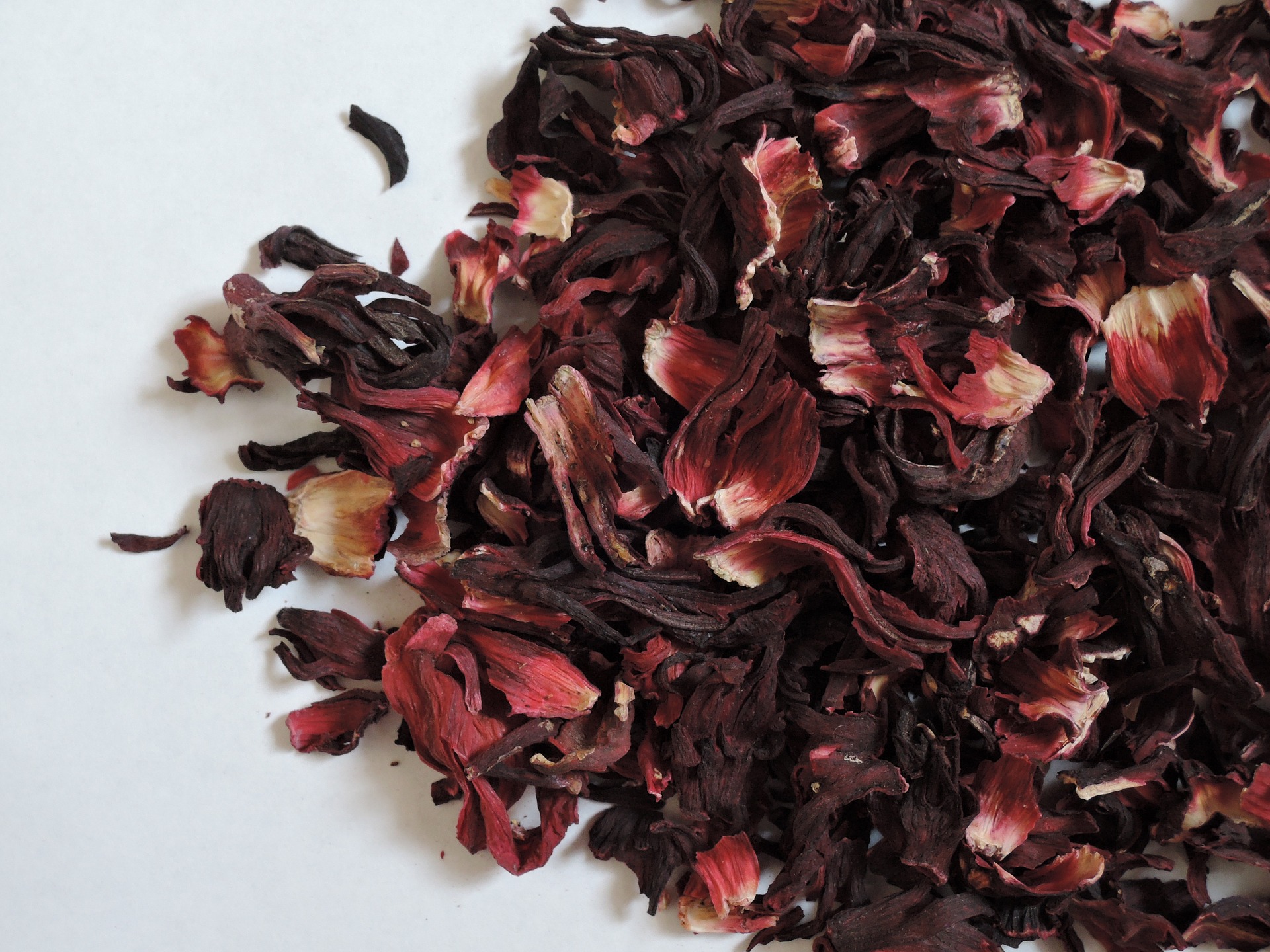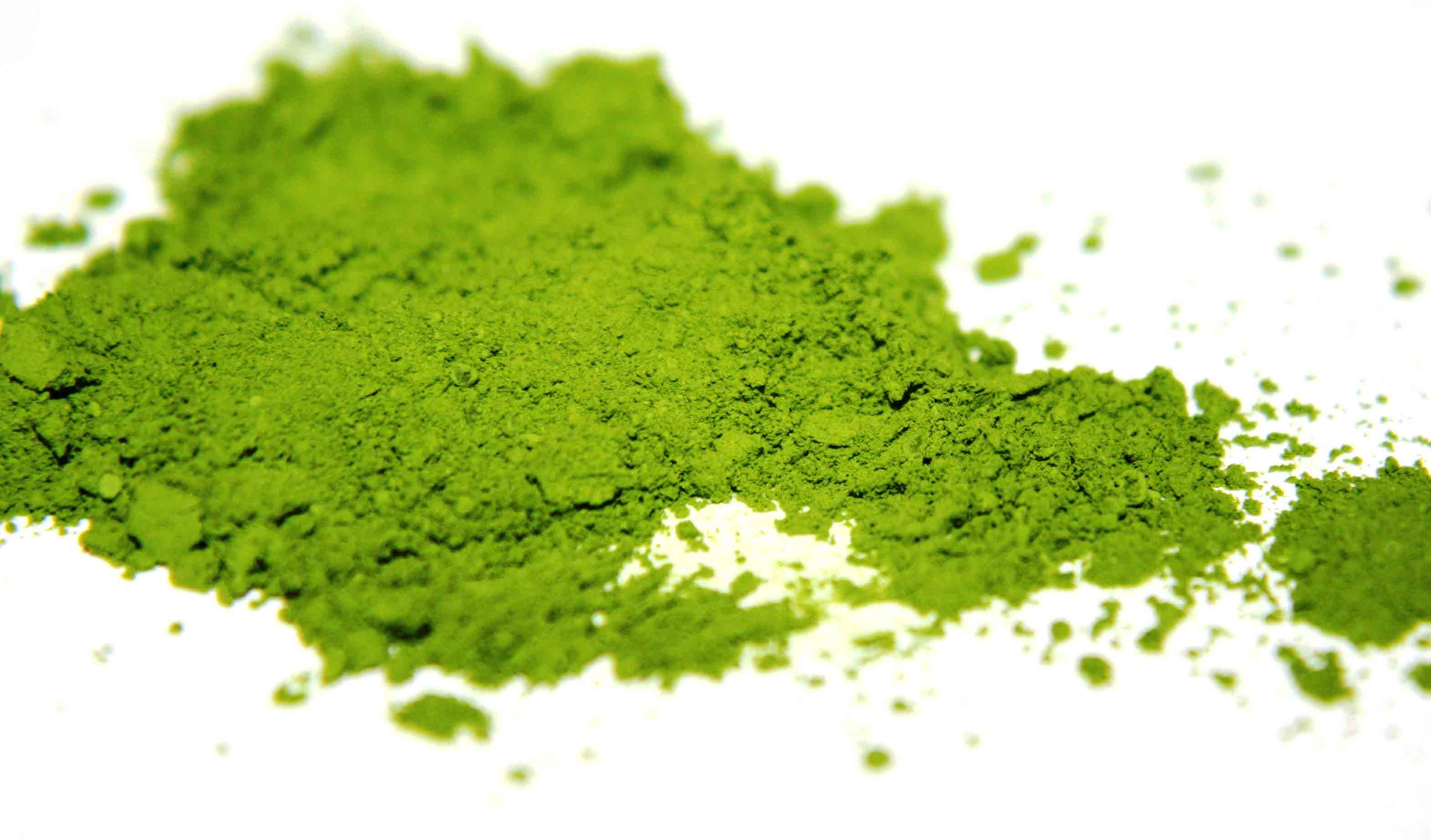 By Laleh Bral, CSUN Dietetic Intern
By Laleh Bral, CSUN Dietetic Intern
Flaxseeds are one of the oldest cultivated crops known to man – consumed 5,000 years ago in ancient Babylon and a favorite food of King Charlemagne in the 8th century. Flaxseeds are small, tan, brown or golden-colored seeds and are also known as linseeds. This tiny seed packs a big nutritional punch!
Flaxseeds are rich in omega-3 essential fatty acids, fiber (both soluble and insoluble), potassium and magnesium. They are also a good source of zinc, protein and B vitamins. Flaxseeds are low in calorie and saturated fats, and are cholesterol-free. One hundred grams of ground flaxseed supply approximately 450 kilocalories, 28 grams of fiber, 41 grams of fat and 20 grams of protein.1 Continue reading









